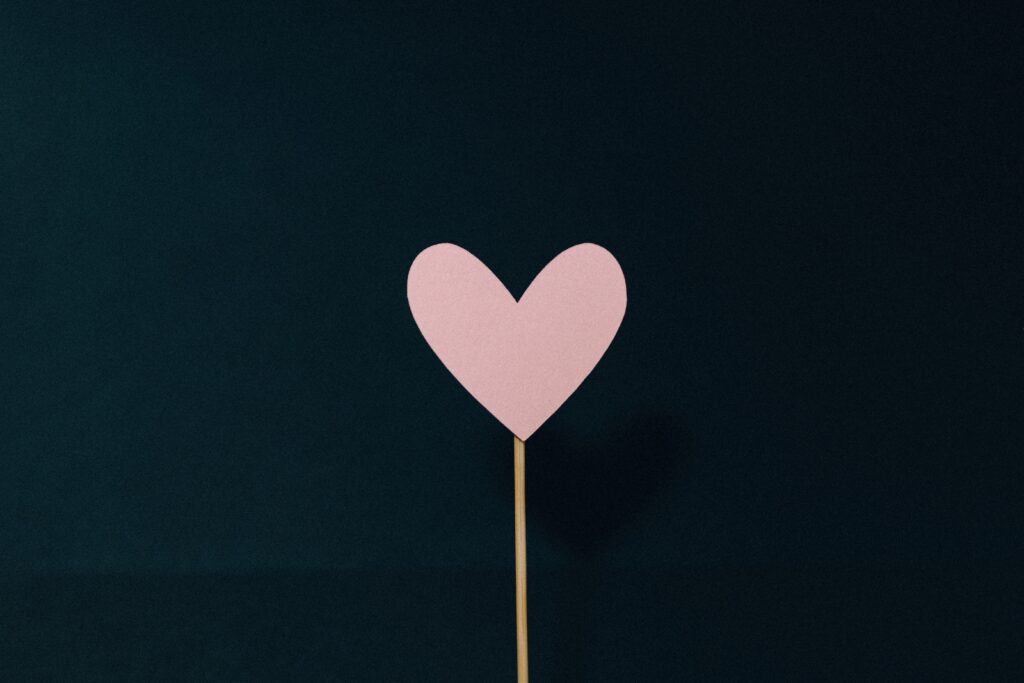I recently stepped into a room full of soldiers and trainers at the Army’s Master Resilience Trainer course, a space where vulnerability meets strength. The aim? To teach us the art of resilience—the ability to be both flexible and strong, to maximize our efforts in accomplishing challenging tasks, and to come back even more robust after facing life’s obstacles.
On the first day, the instructors handed us tennis balls as a metaphor for what we were about to learn. Picture this: a tennis ball is resilient and bouncy, able to spring back no matter how hard it’s slammed against a wall. Unlike a fragile egg that cracks and loses all purpose, resilience is about coming back stronger, ready to take on the next challenge. These balls symbolize how we can bounce and roll even when life throws us against a wall.
Our instructors introduced us to these six core competencies of resilience: self-awareness, self-regulation, optimism, mental agility, strengths of character, and connection. These are not just general platitudes; they are the bricks and mortar of what can become our strong foundation. These competencies are tools for life, guiding us to excel at challenges and to come back even more robust after facing life’s obstacles. They are our roadmap to bouncing back, just like that resilient and bouncy tennis ball.
- Self-Awareness: Self-awareness is like holding up a mirror to ourselves and really seeing who we are. It’s about recognizing our feelings, thoughts, and understanding why we act the way we do. It’s a journey inward that helps us know our true selves, not just the face we show to the world. Self-awareness is the first step in understanding what we need to grow and become stronger.
- Self-Regulation: Think of self-regulation like a car’s brake system. It’s our ability to slow down or stop our reactions when we need to. This could be controlling anger, handling stress, or managing our impulses. When we have good self-regulation, we’re able to respond to life’s ups and downs in a balanced way, without losing control.
- Optimism: Optimism is like a ray of sunshine on a cloudy day. It’s the ability to see the bright side, to hope for the best even when things are tough. Optimism doesn’t mean ignoring problems; it means believing that we can overcome them. It’s a positive way of thinking that can lift us up and help us bounce back from setbacks.
- Mental Agility: Mental agility is the ability to think quickly, adapt, and shift our thinking when needed. Imagine being a dancer and having to change steps in the middle of a performance. Mental agility allows us to switch our thinking and approach challenges from different angles. It helps us to stay flexible in our thoughts and actions.
- Strengths of Character: Our character’s strengths are like the roots of a tree. They ground us and define who we are. These can be things like honesty, kindness, courage, or integrity. These strengths are what guide us in our daily lives, helping us make good choices and be true to ourselves.
- Connection: Connection is about building bridges with others. It’s forming relationships, understanding, and empathy. When we connect with people, we don’t feel alone. We feel understood and valued. Connection is what brings us together and helps us support each other, like friends holding hands during a storm.
Every lesson was spent unpacking these ideas. Each day we learned one or two of the many skills derived from these six core competencies. On the third day, for example, we delved into the concepts of avoiding thinking traps and detecting icebergs. Both of these link directly to the all-important competency of self-awareness mentioned above. Recall that this competency requires us to hold up a mirror to ourselves in order to truly see who we are, and that’s where the problem began.

From Resistance to Realization
Embarking on this journey into self-awareness was far from easy. It required me to summon the courage to be completely open. I had to look in the mirror without looking away, confronting the person I truly am. This is what vulnerability looks like, and let me tell you, it’s not something to be taken lightly. It’s not for those who are afraid to really dig deep and face who they are. It’s a brave path, but one that leads to understanding and growth.
I believed I was ready. Over the years, I had immersed myself in Brené Brown’s writings, soaking in her profound insights about kindness, empathy, and the stunning strength found in vulnerability. It was like a conversation with a wise friend who truly understood me. I’d even taken the time to write here on this very blog, sharing from the heart my own journey and the incredible growth I’ve discovered in allowing myself to be open and vulnerable. It’s a path that’s both terrifying and beautiful, and it’s one I’m proud to walk.
But then something happened. When I faced these intense, soul-searching exercises in class, I stumbled upon a part of myself I hadn’t seen in some time. It was like hitting a wall I didn’t know was there. I found myself pushing back, getting defensive, and tensing up. Exploring the deeper parts of me that were hidden away felt impossible. It’s like my heart was saying, “Hold on, this is too much.” It was a moment of realization that sometimes, even when we think we’re ready, there are still layers to peel back and understand. It’s hard, but it’s also where growth begins.
During a lunch break, in a quiet moment to myself, I faced my discomfort head-on. I asked myself, “Why am I reacting like this? Why can’t I connect with what we’re learning? What’s stopping me?”
But I wasn’t alone in this struggle. I had the tools that were taught in class, including calming breathing exercises. I reminded myself about everything I knew about vulnerability. With a deep breath, fresh determination, and an open heart, I made my way back into the room. I knew that I wasn’t just walking into a classroom; I was stepping into a new understanding of myself. It was a step I was ready to take.
What followed was nothing short of transformation. Working through a resilience exercise, I relived a recent conversation with my daughter, Emma. I had gotten upset and responded more strongly than the situation warranted. But there, in that room, allowing myself to be vulnerable, I came to understand why I had reacted that way. I saw myself and the situation in a new light. I achieved a breakthrough.
That evening, I had a new, more heartfelt conversation with Emma. The walls were down. Our relationship transformed because I had allowed myself to become vulnerable enough to examine my thoughts and behaviors openly and without defensiveness. I could now see her, the situation, and even myself, in a different light.
Sometimes, it might seem tough for strong, hardened Army folks to let their guard down enough to truly dive into the journey of self-awareness. Martin Seligman, a remarkable thinker who, together with his esteemed colleagues, developed the Master Resilience Course for the Army, touches on this in his book The Hope Circuit. He shared that my reaction is something he’s seen before.
Let’s peek into his observation when they were just starting to teach this course. “The sergeants’ reactions were dramatic and more to the point. At the outset of the first hour, they were leaning away from us with facial expressions that ranged from stolid indifference to sucking on a lemon. They were thinking something like, ‘What is this emasculating psychobabble that we have been ordered…to listen to?’
“By the end of the first hour, they were leaning forward, intrigued. By the end of the last day, three-quarters of them had volunteered to become trainers of trainers, the next level of teaching. Their average rating of the entire program was about 4.9 out of 5.0, and the modal and emblematic comment was ‘This is the single best course I have had in twenty years in the Army.'”
Seligman’s words speak to me. They echo my own experience.
Imagine the transformation, from being skeptical, even resistant, to leaning in, eager to learn. This isn’t just a lesson for those in the military. It’s a lesson for all of us. Vulnerability is often seen as a weakness, especially in places where strength and toughness are celebrated. But here’s a secret: Opening ourselves up, allowing ourselves to be vulnerable, doesn’t make us weak. It is the expression of true strength. It allows us to grow, to connect, to understand.

Finding Strength in Vulnerability
This journey into self-awareness is a path that may seem uncomfortable at first, but it’s a road worth traveling. It’s an adventure into our hearts and minds, one that can lead to understanding and transformation. And as those Army sergeants and I discovered, it’s not about losing strength but about discovering a new kind of power, one rooted in empathy, connection, and resilience. That’s the kind of strength that truly matters. It’s a lesson I’ve learned, and I believe it’s a lesson we all need to embrace.
The lesson I learned from this experience is both simple and profound. Vulnerability isn’t about being weak; it’s about being brave enough to see ourselves as we truly are. It’s about letting down the walls that keep us from connecting with others and with our own hearts.
This class was more than just homework and lectures; it was a lesson in living. It taught me that resilience isn’t merely getting by; it’s about flourishing. For me, the secret is letting myself be vulnerable. This opens the door to really understanding who I am, so I can see my thoughts and actions for what they are and turn them into something even better.
We all run into walls in life, and sometimes, we’re the ones who build them. But if we let ourselves be vulnerable, if we’re willing to learn and grow, we can come out the other side stronger. We can roll forward into a life that’s richer and more meaningful.
So take that chance. Open up your heart. Your true self is beautiful, and the world is waiting to embrace you. If I can do it, you can too. It’s a journey, and it starts with one brave step.

